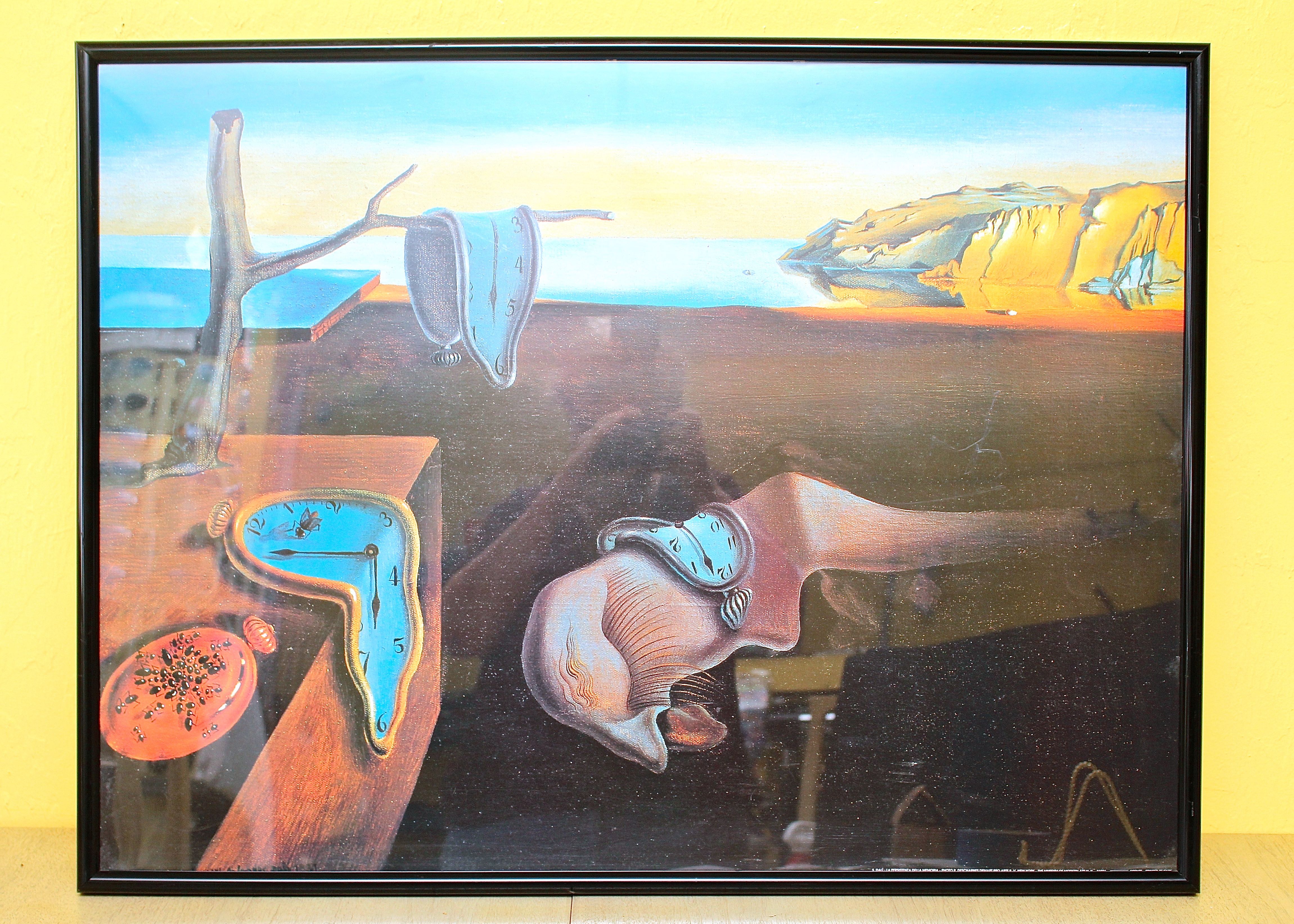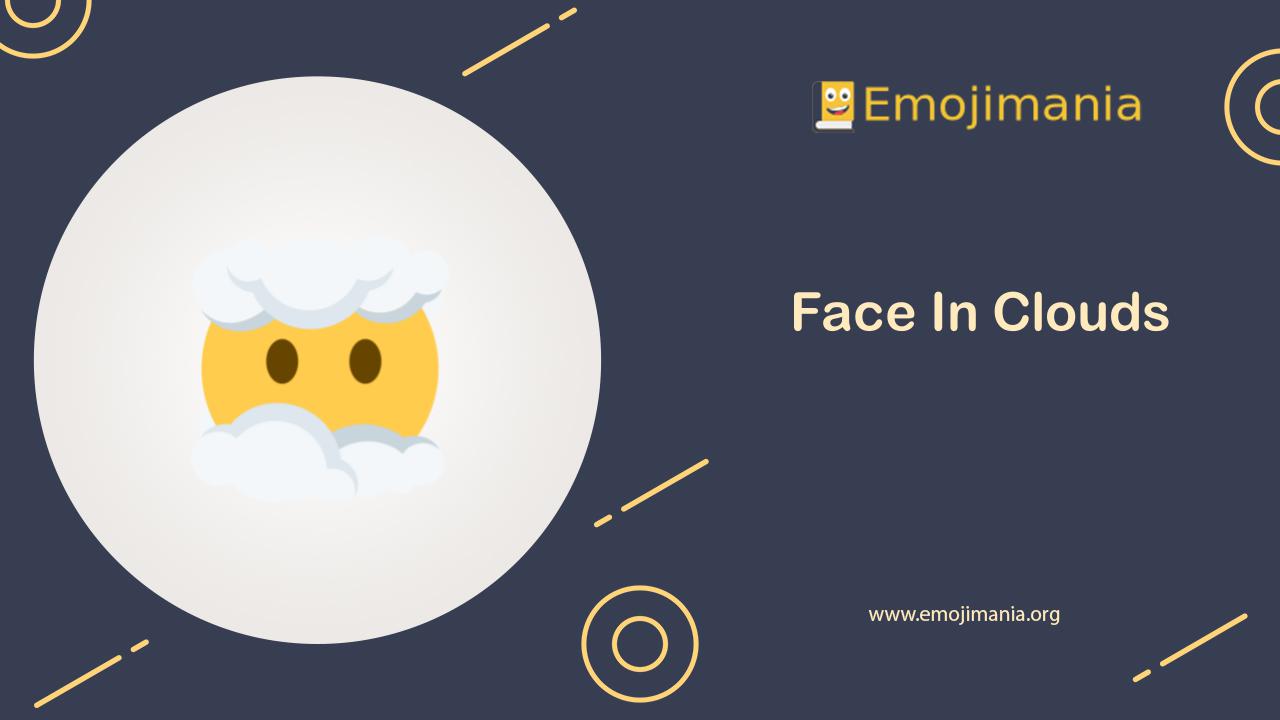

THE PERSISTENCE OF MEMORY MEANING FACE SKIN
In this painting, the arid landscape of The Persistence of Memory has been flooded, even though the skin of the water is snagged by the leafless branch in the background.

If anything, it’s even more fascinating and mysterious than The Persistence of Memory. This oil on canvas painting, created in 1954, is only 10 by 13 inches, only slightly larger than a sheet of legal sized paper. The Disintegration of the Persistence of Memory is the companion of The Persistence of Memory, the painting that everyone knows with its pocket watches melting away in a wasteland. The Discovery of America by Christopher Columbus, 1959 The Disintegration of the Persistence of Memory, 1952-1954 He remains a friend.The Disintegration of the Persistence of Memory Perhaps we remember because this protein cannot be undone.įull disclosure: I worked with Dr. Thanks to the strange properties of CPEB, this tangle can last as long as we do, suriving the withering acids of time. What's astonishing, of course, is that no further action is required. The protein has been flicked on the synapse has been marked as a memory. Lastly, CPEB seems to be regulated by neural stimulation, so that training fruit flies with a simple learning paradigm triggers the start of the oligomerization, or copying, process. It's also "infectious," able to recruit single copies of the protein to join its cut-and-pasting party. Like a prion, this "active" version of CPEB is virtually indestructible. Take CPEB, this synaptic ingredient that can copy itself, with additional copies serving as an indicator of synaptic strength. CPEB might not be a prion in the most literal sense, but it certainly has properties that are prion-esque.) In fact, prion-like proteins in neurons may provide an important key to understanding the mysterious endurance of memory. (It's important, I think, to not get too caught up for now in the nomenclature. They are one of those annoying reminders of how much we don’t know. In other words, prions violate most of biology’s sacred rules. And once a prion is turned on, it can transmit its new, infectious structure to neighboring cells with no actual transfer of genetic material. Furthermore, Prions can switch states (turning themselves on) without any guidance from above they can change their proteomic structure without undergoing any genetic changes. One of these states is “active” and one is “inactive”. First, a definition: Prions are roughly defined as a class of proteins that can exist in two functionally distinct states (every other protein has only one natural state). In recent years, however, it's become clear that proteins with prion-like properties might play an important biological role in healthy tissue. Prions are still guilty of causing these horrific deaths. Prions were once regarded as the nasty pathogen for a tribe of the worst diseases on earth: Mad-cow disease, fatal familial insomnia (where you stop being able to fall asleep and after three months die of insomnia) and a host of other neuro-degenerative diseases.


In the process, he stumbled into one of the most controversial areas of biology: He found what looks like a prion. Immediately, Si began looking for other molecules with similarly odd repetitions.


 0 kommentar(er)
0 kommentar(er)
